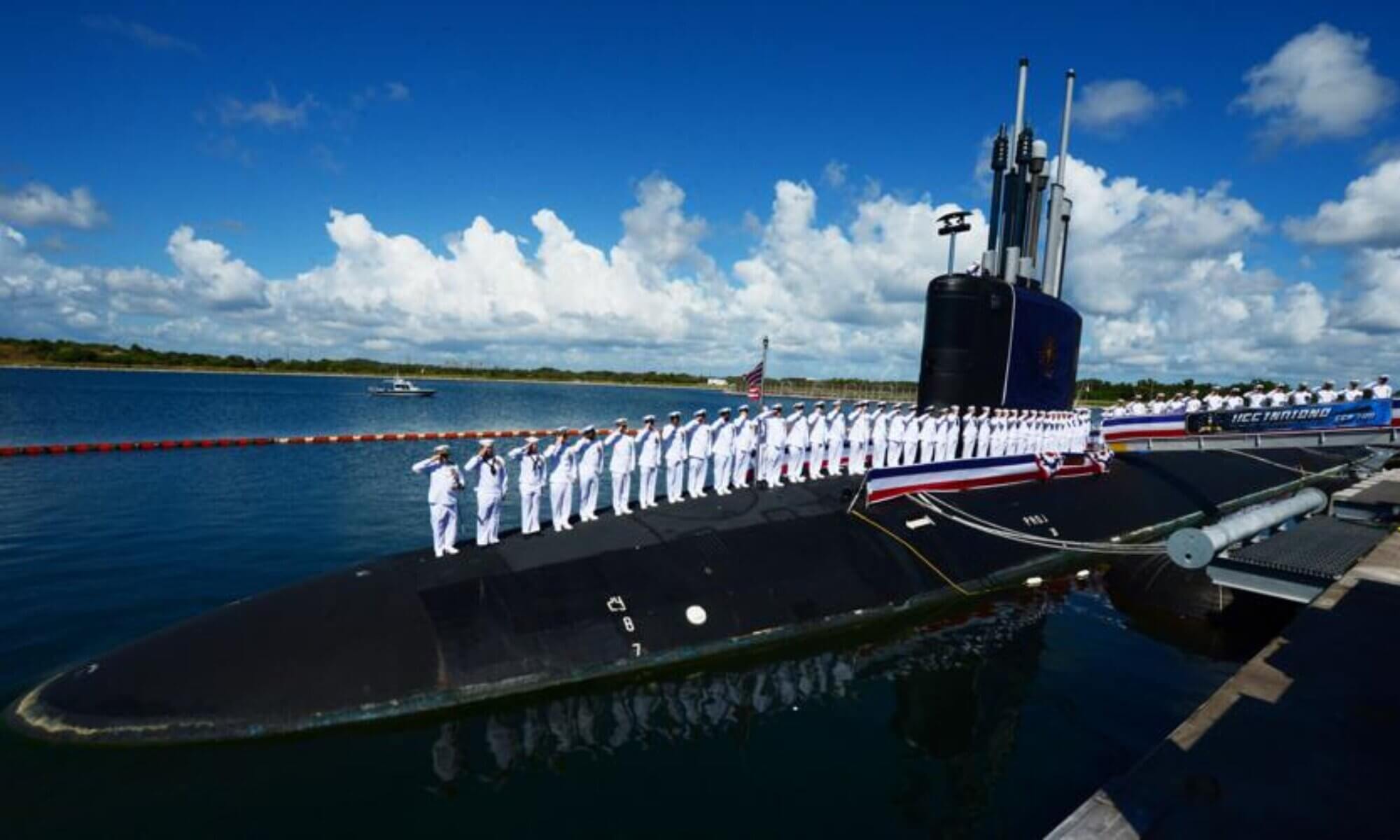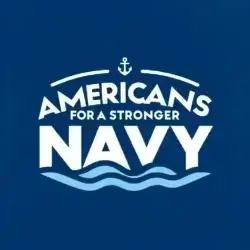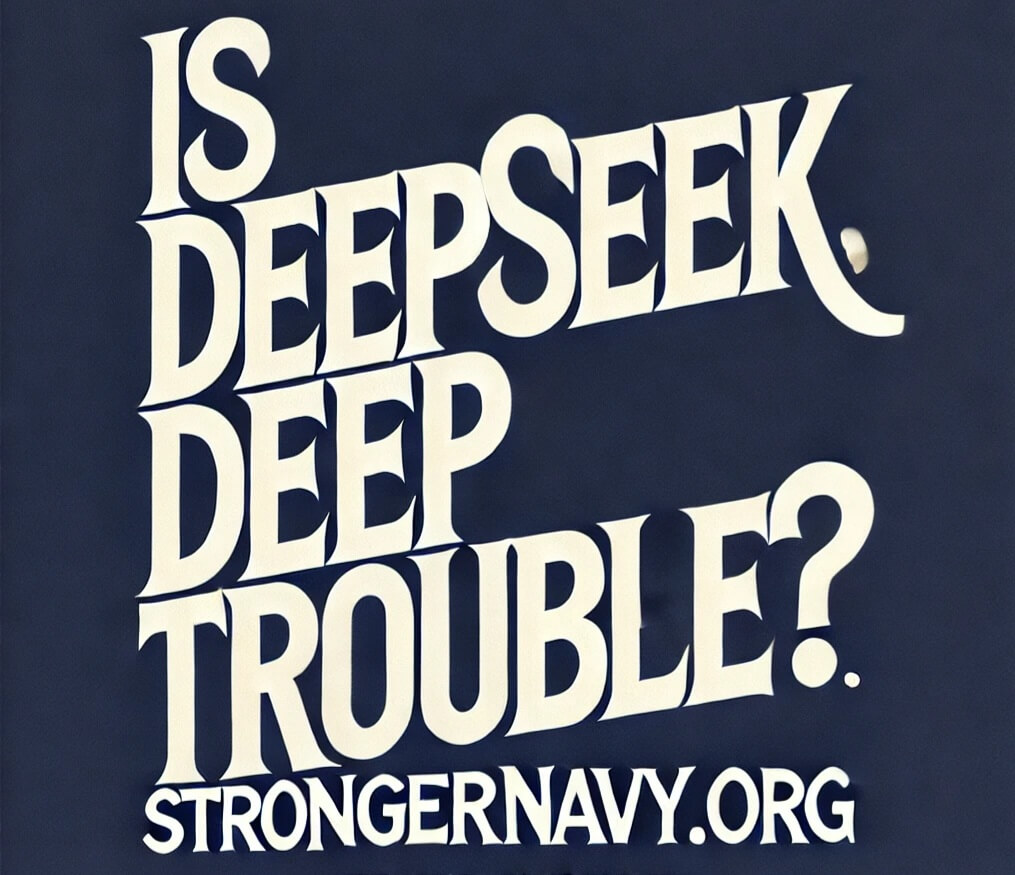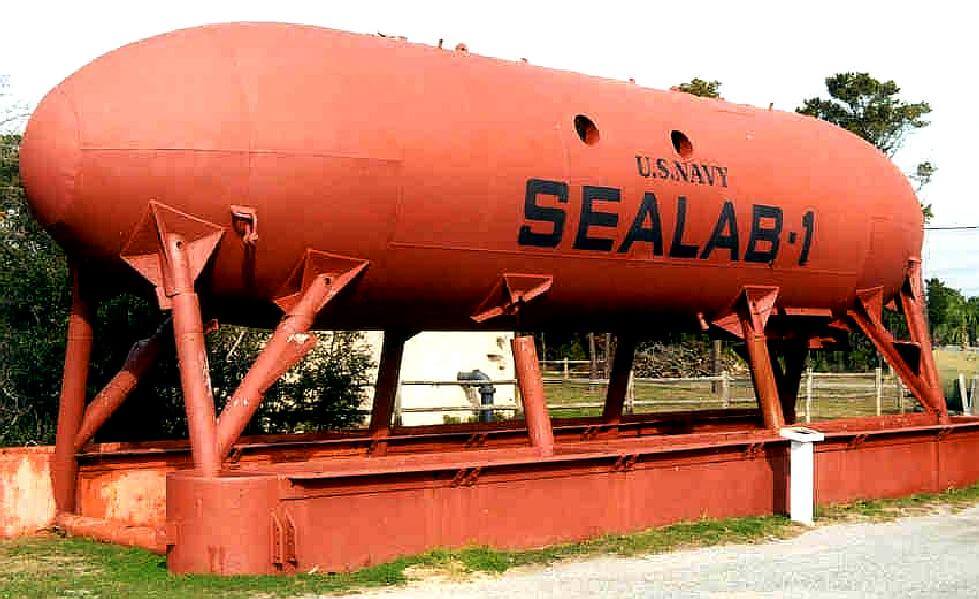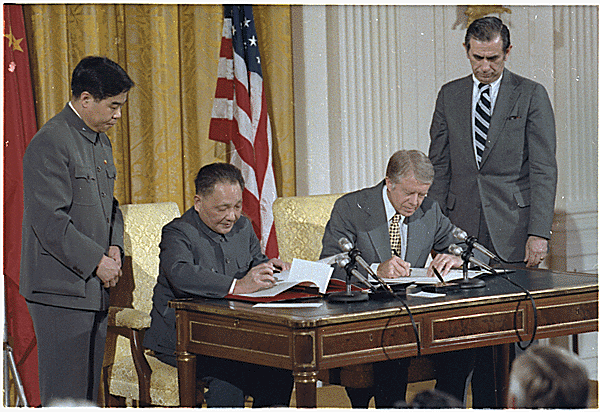An Open Letter: Forward Presence is Not the Problem—Fleet Size Is
To the Editors of War on the Rocks and Dr. Jonathan Panter,

Your recent commentary argues that naval forward presence is to blame for the U.S. Navy’s inability to deter China and sustain high-end warfighting capacity. While your article correctly identifies the exhaustion and strain imposed by relentless deployments, it misdiagnoses the cause and proposes a dangerous solution.
The problem is not forward presence—it’s fleet size, maintenance shortfalls, and a lack of leadership advocacy for real change.
“It is both realistic and very necessary to maintain forward presence while preparing for high-end conflict.”
— Captain Brent D. Sadler, USN (Ret.), Senior Fellow, Heritage Foundation
“The U.S. fleet size to support that deployment has significantly decreased since 1990.”
— Captain Steven Wills, USN (Ret.), Senior Advisor, Center for Maritime Strategy
A Shrinking Navy, An Expanding Mission
The numbers tell the real story:
- ✅ In 1991: The U.S. Navy had 550 ships. Today, it has fewer than 290—a nearly 50% decline.
- ✅ During the Cold War: Only one-fifth of the fleet was forward deployed. Today, it’s one-third, meaning fewer ships are doing more work.
- ✅ Maintenance Shortfalls: The Navy has lost critical shore-based infrastructure, making it difficult to sustain current commitments—let alone expand.
Meanwhile, China’s threat has grown, not receded:
- ✅ China’s Navy: Surpassed 340 ships in 2023 and continues expanding.
- ✅ Indo-Pacific: Now the primary theater of strategic competition—where U.S. presence is more critical than ever.
The Wrong Solution: Scaling Back Presence
The argument that pulling back from forward deployment would somehow strengthen the Navy by reducing strain is not just wrong—it’s dangerous.
A reduced forward presence does not deter China—it emboldens it.
Beijing is already testing U.S. resolve in the South China Sea, Taiwan Strait, and beyond. A withdrawal would send a clear signal:
America is retreating.
That is not a path to deterrence—it’s a path to ceding maritime dominance to an adversary actively working to reshape the global order.
The Right Solution: A Bigger, More Sustainable Navy
Rather than abandoning forward presence, we must fix the real problem: our shrinking, overstretched fleet.
That means:
- ✅ Growing the Fleet: Expand to at least 355 ships—endorsed repeatedly by military leaders.
- ✅ Rebuilding Shore Support: Reinvest in shipyards, dry docks, and logistics infrastructure.
- ✅ Leadership Advocacy: Navy leaders must demand either more ships or fewer assignments, not accept the status quo.
- ✅ Congressional Action: Congress must prioritize fleet expansion over short-term cuts.
Conclusion: We Need More Ships, Not Fewer Commitments
Your commentary correctly highlights that the U.S. Navy is stretched thin and struggling to sustain global operations. But forward presence is not the problem. The real issue is that we are trying to maintain it with a fleet too small to sustain the mission.
For more than 75 years, forward-deployed U.S. naval forces have prevented conflict, reassured allies, and ensured maritime security. Scaling back presence does not fix the strain—it accelerates decline and weakens deterrence at the worst possible moment.
“If the United States is serious about deterring China, protecting global stability, and upholding its commitments, the answer is clear: Build a larger, more capable, and better-supported Navy.”
Educating the Public: Our Responsibility
The problem is not just military—it’s political and public awareness.
Too many Americans don’t realize how naval power secures our national and economic security. Without public pressure, there will be no political will to rebuild the fleet.
That’s why we at Americans for a Stronger Navy are launching:
“China, Russia, and America: Navigating Global Rivalries and Naval Challenges”
In our upcoming educational series, we will tackle the most pressing issues facing U.S. naval power, including:
- ✅ The Role of Naval Power in Preventing Global Conflict
- ✅ Economic & Strategic Impact of a Shrinking Fleet
- ✅ China & Russia’s Naval Expansion and the Strategic Threat
- ✅ U.S. Shipbuilding Crisis: Causes and Solutions
- ✅ Congressional Accountability: Who’s Responsible for the Shrinking Fleet?
This isn’t just a discussion—it’s a call to action.
To naval leadership, policymakers, and media: Stop pretending all is well. Demand action before the Navy reaches a breaking point.
To the American public: Get informed. Get involved. A strong Navy is not just for the military—it’s for every American who benefits from global stability.
The U.S. Navy’s forward presence is not a luxury—it’s a necessity.
The problem is not the strategy—it’s the lack of resources to sustain it.
If the U.S. wants to deter China, protect its interests, and maintain global stability, the answer is clear: Build a stronger, larger, better-supported, and more capable Navy.
We urge the administration, Congress, and military leadership to acknowledge reality:
Our commitments are not too big—our Navy is too small.
Sincerely, Bill Cullifer
Founder, Americans for a Stronger Navy
